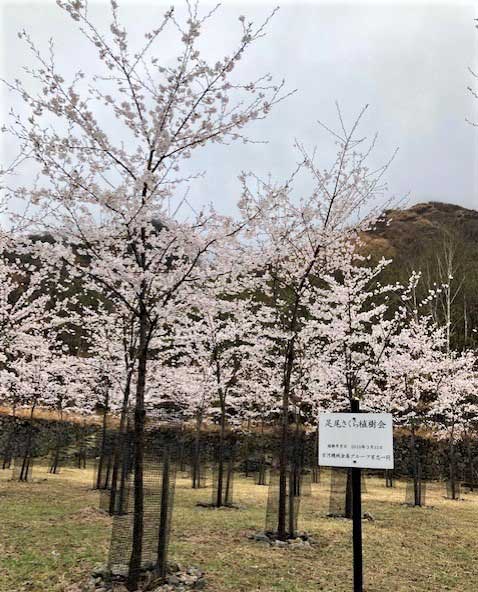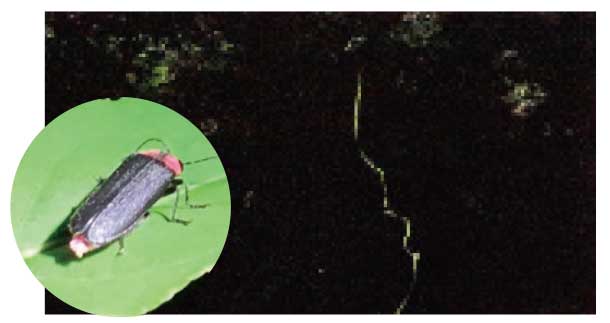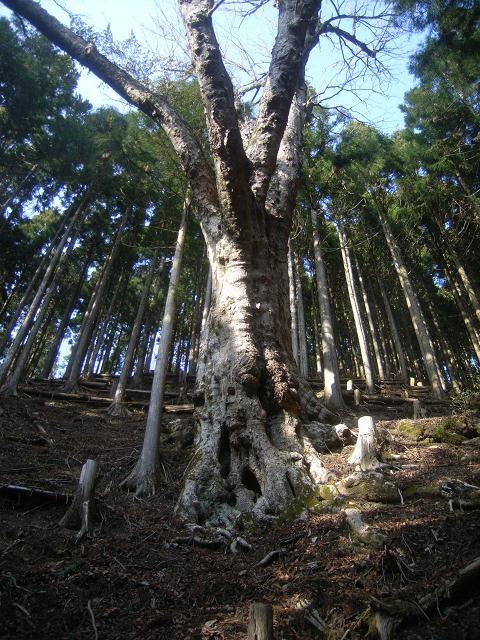Biodiversity conservation activities
The Furukawa Company Group has been promoting activities for the preservation and restoration of biodiversity which include continuous greening activities and sound development of mountains and forests.
Approach to Biodiversity

Based on the Biodiversity Action Guidelines established in 2012, the Group has been promoting activities for the preservation and restoration of biodiversity. These include continuous greening activities and sound development of mountains and forests.
Rather than using introduced species, we select native species of local origin for our greening activities.
In the Matsuki Valley (Ashio-machi, Nikko City, Tochigi Prefecture), the formerly abundant nature is coming back. The ecological pyramid with birds of prey, is being reshaped. The Ashio area, which includes the Matsuki Valley, is inhabited by large wild animals such as Asian black bears and species designated as special natural monuments such as the serow, sika deer, Japanese macaque, foxes, and others.
Going forward, we will carry on with greening efforts not only in the Ashio area, but at company-owned properties throughout Japan, furthering activities for the restoration and recovery of abundant ecosystems.
Promoting Biodiversity Protection Activities

Firefly Rehabilitation Project at the Site of the Former Kune Mine and the Former Ashio Copper Mine
Fireflies are organisms that reflect that state of the environment, with their presence considered a sign of a healthy water environment. Out of a desire to restore an environment that provides those fireflies with a sustainable habitat that can be passed on to the next generation, our Environmental & Safety Management Department has engaged in a continuing rehabilitation project for the genji-botaru firefly (Luciola cruciata) at the site of the former Kune Mine (in Tenryu Ward, Hamamatsu City, Shizuoka Prefecture), where these fireflies are said to have swarmed. As a result, it has become possible to view the fireflies in flight every year from late June to early July.
In fiscal 2022, a firefly rehabilitation project was started on company-owned property at the site of the former Ashio Copper Mine (in Ashio-machi, Nikko City, Tochigi Prefecture). Utilizing the concept of the biotope (a biological habitat), the channel revetments have been protected with gabions and planted with Japanese alder and willow trees that thrive near water, to recreate an environment favored by fireflies.
In fiscal 2023, a newly created firefly pond was stocked with Semisulcospira freshwater snails to serve as a food source. Once it was confirmed that the water snails had established themselves, the pond was stocked with approximately 400larvae of genji-botaru fireflies (Luciola cruciata) and heikebotaru fireflies (Aquatica lateralis).
In late June, fireflies were seen flying there, and visitors happily watched the fireflies flying about. We intend to continue rehabilitation activities for plant life and creatures in pursuit of biodiversity.

The Great Japanese Horse Chestnut Tree in the Onuma Mountain Forest
In the Onuma Mountain Forest (within company-owned land) in Toyone-mura, Kitashitara-gun, Aichi Prefecture, there is an enormous Japanese horse chestnut tree (root circumference 15.3m; diameter at breast height 7.48m; diameter at eye level 7.45m; height 32.5m; branch length 46m; estimated age several centuries) that we have been carefully safeguarding for many years. This tree has been an object of local worship as a sacred tree inhabited by the protector god of the mountain. One of the largest trees in Japan, it has a powerful presence that overwhelms the Japanese cedars around it.
It flowers every year from May to June, and the horse chestnuts it bears are transformed into horse chestnut rice cakes and other sweets with the help of local residents.
In April 2008, the tree was designated a natural monument of Toyone-mura, Aichi Prefecture, and in July 2022, it was newly selected to be a designated cultural property (natural monument) of Aichi Prefecture. The Company will continue its ongoing activities to protect the tree with great care.
